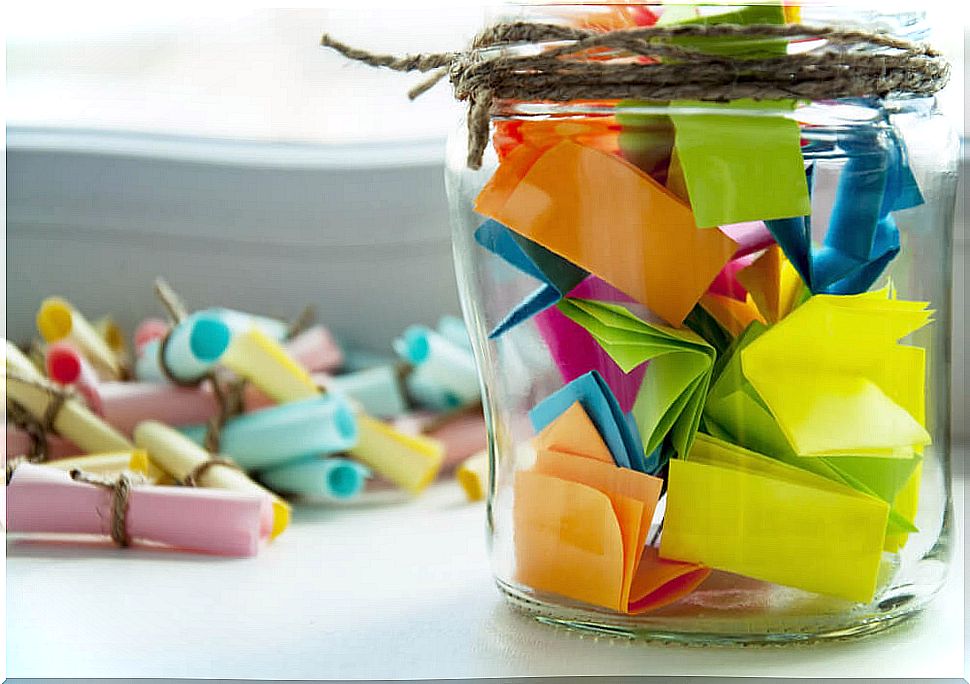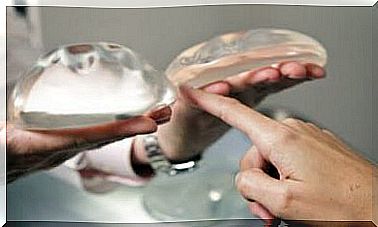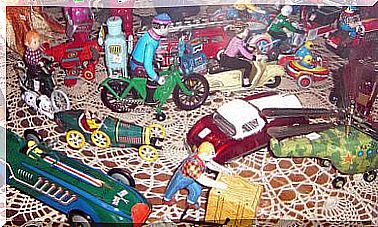The ‘happiness Boat’ Technique To Educate A Child’s Brain Positively

Educating our children from positivity is fundamental. The ‘happiness boat’ technique, created by Elsa Punset, can help us in this task. A child who thinks positively will seek solutions to problems.
Faced with a difficult situation, having a positive attitude can change it and see it from another point of view. According to Elsa Punset, the positive brain is the best gift we can give our children. And this will not only be positive for them, but also for us, who are subjected to daily stress.
Do you want to know how you can develop in your child that ‘positive brain’ in the face of life? Play the game ‘the boat of happiness’. If you want to know what it is, keep reading.
How to use Elsa Punset’s’ The Happiness Boat
This technique is to be developed as a family; It will be very useful to all of us and, in addition, it will bring us many benefits.
- We must get a large bottle that is transparent (glass or plastic). The idea is that we can see inside. This will be the boat of happiness. If we want, we can put the name and have it in a visible place at home.
- Every night, before going to bed, all the family members will write down on a piece of paper the good that happened to them during that day and put it inside the boat. Although we may not realize it, the act of writing it will cause it to be recorded in the brain.

- Examples: “laughs with a friend’s joke”; “A relaxing bath”; “A kind phrase from someone we have met” , and so on.
- We can open the jar from time to time to read the positive things or wait until it is full. This will help us to have a more positive way of seeing the world around us.
Purpose of the game
Believe it or not, a lot of good things happen to us throughout the day, but our brains are hardwired to remember negative things. Therefore, with this game, we make the brain aware of the good things that have happened to us.
Doing it at night will help us go to sleep feeling good and not dwell on the negative things that have happened to us during the day.
It is important to educate the child’s brain in positive from an early age. In this way, you will think positively and see things from another point of view.
Elsa Punset affirms that “within routines, each action and each thought leaves its mark on the brain, even if we are not fully aware of it”.
Benefits of the technique
As we well know, the brain learns through ‘testing’, ‘error’ or ‘success’. Given this, we can have two different attitudes. One positive and one negative. It is proven that a positive attitude can transform the negative into an opportunity for change.

- The child will learn to think about the good things that happen to him during the day.
- You will appreciate small details that you previously ignored. By writing down the good things and rereading them later, you will make them stick in our memories and thus stay with that positive feeling, instead of worrying about the negative things.
- With this technique you will teach your child to be grateful.
- It is a way to develop family communication and have a good time.
- The little one will also learn to distinguish the small problems from the really important ones.
How you see the ‘boat of happiness’ can be very beneficial for the whole family. And children who work on it from a young age, when they are older, will know how to deal with problems automatically.
As they acquire other habits that they develop every day, such as brushing their teeth, they will also learn to think positively and do it in their day-to-day life automatically. All this they will achieve by repeating it many times so that the brain learns it , and this is necessary for a positive brain to develop.










